In the 2004 edition of the Venice Biennale, there was this intriguing piece of work by Motohiko Odani and called Berenice:

Some comments by Thomas Kramar:
Ein Stockwerk höher, unter anderen räumlichen Krümmungen dieses so seltsam in sich gekrümmten Kunsthauses, liegt eine Art Ufo: eine Kugel, wirr verkabelt, schon leicht angerostet, aber immer noch vibrierend, wie kürzlich gestrandet auf einem gleichgültigen Planeten: "Berenice" heißt das Objekt von Motohiko Odani - nach der antiken ägyptischen Stadt?
Why do I blog this? I like this big white sphere plugged with cables; it looks like a left nuclear weapon that is curious, intriguing and maybe about to explode (a la Akira); or pulsing "information". In the end it interrogates people about its role: would it be the "consciousness" (the place where information flows converge) of a place? To me, it can be the server of a city district that would enable to host what is needed to have a mixed reality. And of course, it might be left in an old cave that nobody can access.

 (picture taken from the original project, courtesy of Adam Somlai-Fisher, Usman Haque and Bengt Sjölén)
(picture taken from the original project, courtesy of Adam Somlai-Fisher, Usman Haque and Bengt Sjölén)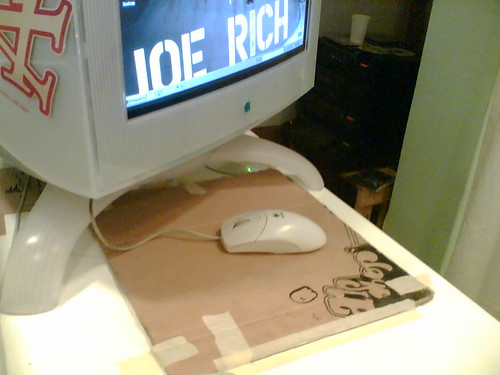




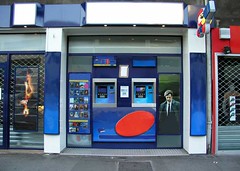




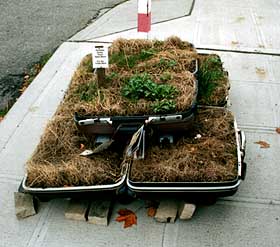





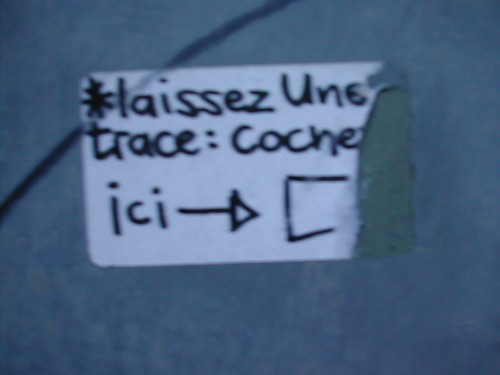
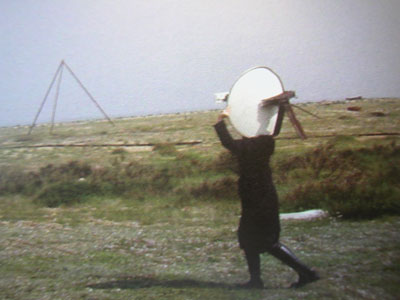
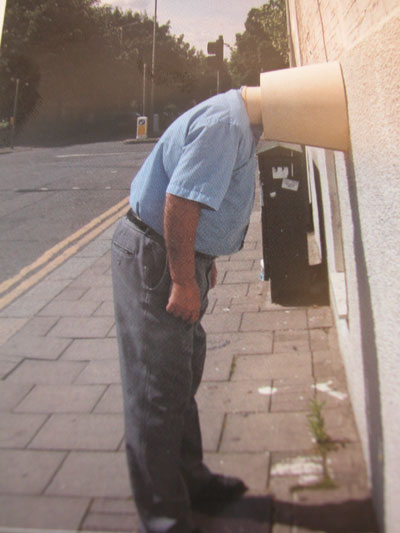

 Why do I blog this? a flash mob of objects is surely a 2006 technosocial situation.
Why do I blog this? a flash mob of objects is surely a 2006 technosocial situation. Why do I blog this? Now that we're into space/place discussion, boundaries, perimeters and borders are certainly relevant because it allows to ask new questions regarding the relations between art and technology.
Why do I blog this? Now that we're into space/place discussion, boundaries, perimeters and borders are certainly relevant because it allows to ask new questions regarding the relations between art and technology.

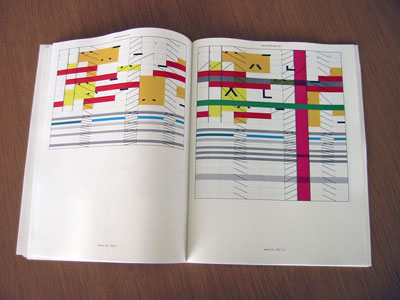
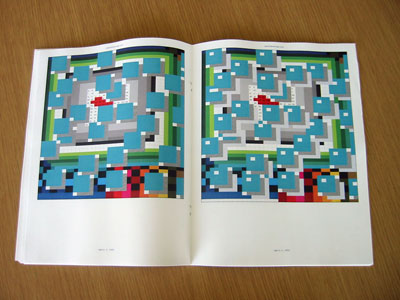 Why do I blog this? it definitely reminds me how game designers were doing level design 4-5 years ago. They were basically using excel spreadsheets to create spatial topographies and I found it nice and interesting at that time. This art project then nicely reflects the aesthetical practices of excel. The two I put there are gorgeous.What thismakes you think? Would it be the representation of something? For me it's an instanciation of an imaginary world.
Why do I blog this? it definitely reminds me how game designers were doing level design 4-5 years ago. They were basically using excel spreadsheets to create spatial topographies and I found it nice and interesting at that time. This art project then nicely reflects the aesthetical practices of excel. The two I put there are gorgeous.What thismakes you think? Would it be the representation of something? For me it's an instanciation of an imaginary world.
 Why do I blog this? what I like in the parking company approach here is the idea that space is not a neutral domain. Their interest is to pay attention to the aesthetic considerations of their spaces.
Why do I blog this? what I like in the parking company approach here is the idea that space is not a neutral domain. Their interest is to pay attention to the aesthetic considerations of their spaces.
